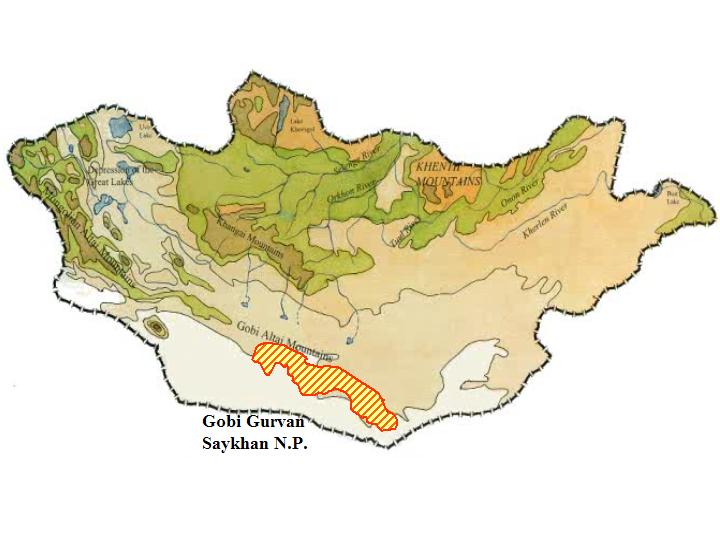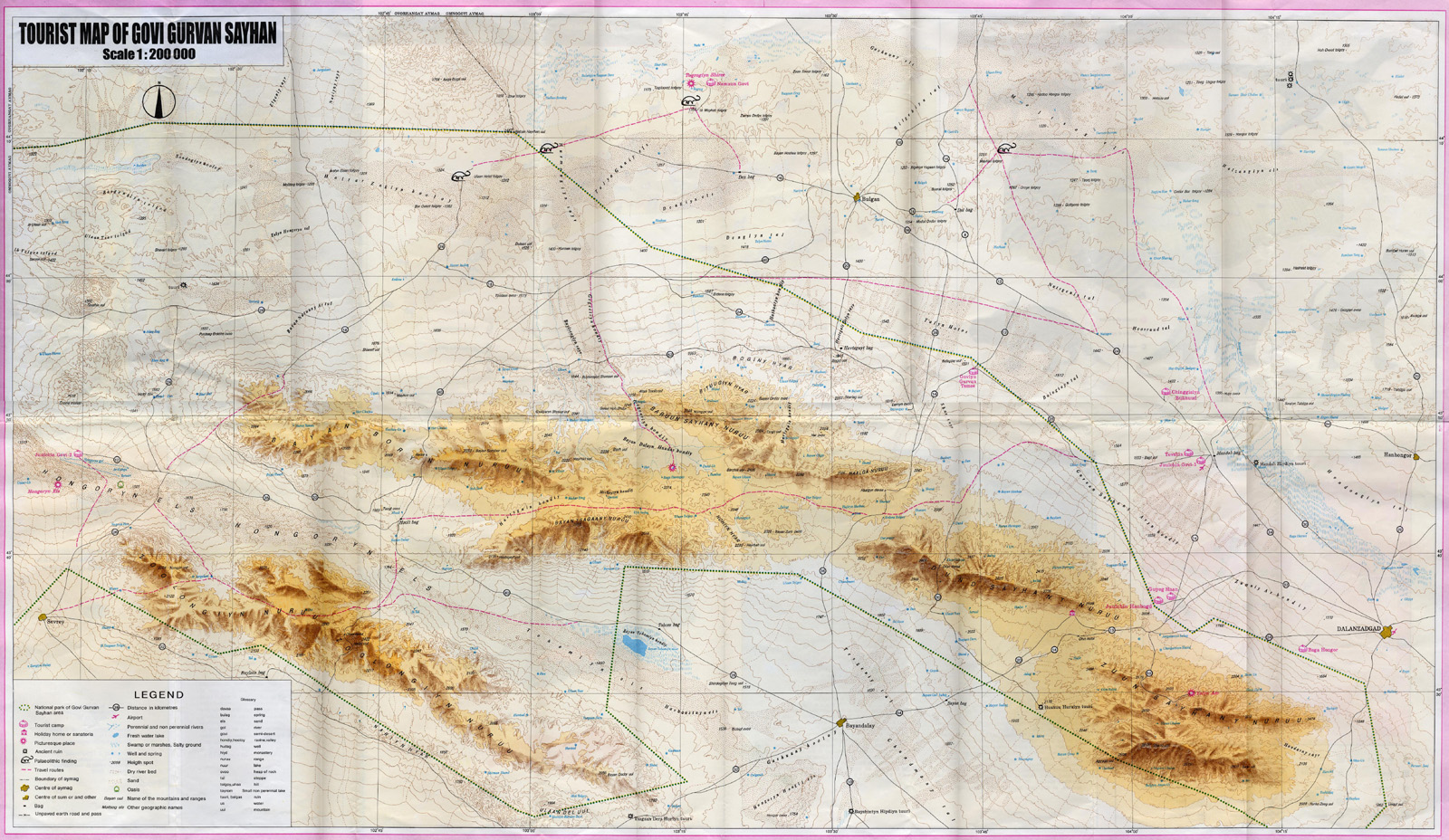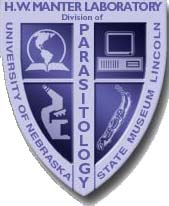
 |
Mongolian Vertebrate Parasite Project |
Mongolia 2009
We completed field-work in the summer of 2009 in our efforts to conduct vertebrate (small mammal,
birds, reptiles, amphibian) parasite surveys in The Gobi Gurvan Saykhan
National Park (GGSNP).
Our ultimate goal once we have a better understanding of the fauna in the park is to establish monitoring sites, continue
ecological research, and aid in the conservation of the area. This 2.7 million hectare area, was established in southern Mongolia in 1993. The second largest park in Mongolia, it is one of the largest parks in the world-three times the size of Yellowstone. It contains a diversity of habitats and associated wildlife, and serves as a refuge and protected area for the majority of the remnant populations of endangered large mammals in Mongolia. Within the park lies the easternmost extent of the Gobi Altai Mountains, creating mesic habitat islands in the otherwise arid desert environment. Basins within the park average 1,000 m in elevation. However, 6 major mountain ranges, covering more than 30% of the park's area, reach altitudes of 2,835 m. This creates a mosaic of habitats within the park, including the 150 km-long sand dune range of Khongoriyn Els and relict montane birch/willow forest patches with neighbors being more than 300 km distant. Between the two extremes of habitats lie desert scrub, oases of Populus stands, desert grasslands, mountain steppe, and woodland giving rise to at least 17 distinct plant communities.   We are currently verifying identifications on the animals and their parasites,and the information will be updated on these pages as that progresses. |

|

|
This page was last modified on 15 May, 2010 - David S. Tinnin |

|

|